The grand shore temple of Somnath is a much revered Lord Shiva Jyotirlingam located in Gujarat’s Saurashtra region in vicinity to Veraval. The temple is deeply linked with Indian culture, mythology and folklore. Brilliant architecture and religious grandeur makes Somnath temple a much revered Lord Shiva shrine. A travel to Somnath is an experience worth cherishing all through life. The temple is often referred to as the ‘eternal shrine’ as several times the temple has been demolished and then reconstructed down the ages. There are many interesting or lesser known facts associated with this much revered Lord Shiva shrine. Read on to learn more about the lesser known interesting facts about Somnath temple:
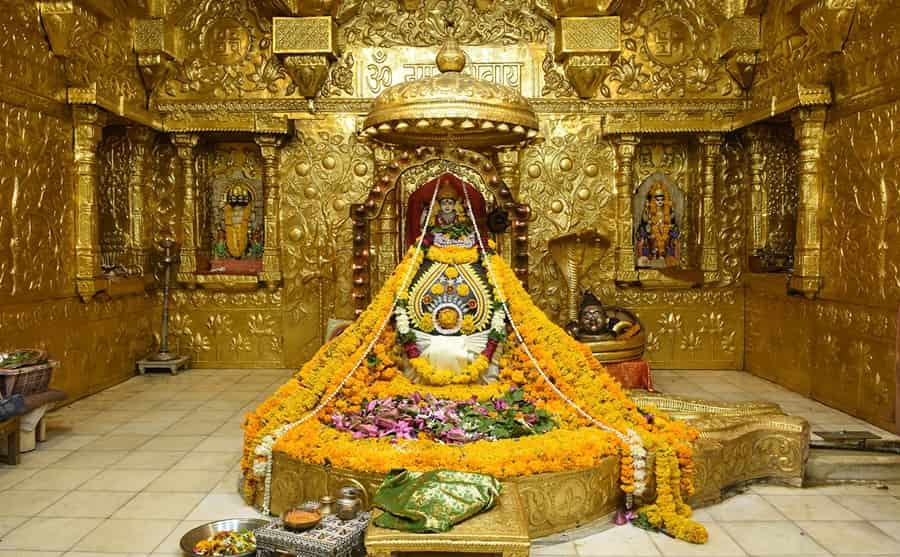
- Rajendra Prasad, the first president of the country inaugurated the present day Somnath temple.
- The present day Somnath temple was constructed around 1950.
- The temple’s flag mast on the pinnacle of the temple stretches to a length of about 37 feet and is changed thrice a day.
- Somnath temple is said to be the first of the 12 Aadi Jyotirlingams that our country has.
- The temple was built in a course of 5 years spanning between 1947 and 1951.
- An interesting legend is associated with the Somnath temple. Lord Shiva enshrined here is known as ‘Somnath’ meaning ‘Lord of the Moon’. According to legends, Moon was the son-in-law of Daksha Prajapati whose 27 daughters were married to moon. But Moon was negligent of all his wives except Rohini whom he favored specially. Daksha was annoyed with Moon’s conduct. He cursed moon as a result of which Moon lost his luster. Moon was dejected and shocked. He approached Brahma dev for help. Brahma dev advised him to worship Lord Shiva. Moon started his rigorous penance to please the lord sitting at the spot where the Somnath temple stands at present. Lord Shiva was ultimately pleased with his devotion and appeared before him to grant him a boon. Moon wanted to free himself from the curse and thus asked for the same. His wish was granted and he got his luster back. Out of gratitude he built a temple out of gold in honor of Lord Shiva. Later Ravana built the same temple out of Silver, Lord Krishna built it out of wood and finally Bheema, one of the Pandava brothers built it out of stone.
- The positioning of the temple is pretty intriguing. No land is present between the seashore that has the temple until Antarctica.
- Myths hold that Lord Krishna left for his Nij Dham and ended his earthly Lila just at the spot where the temple stands right now.
- The mighty lingam enshrined here was broken to pieces when Muhammad Ghazni attacked the temple in the year 1024.
- According to history, Maharaja Mularaja, the Chalukya ruler had constructed the first Somnath temple prior to 997 CE. However, there is no authentic historical record to confirm this. Another group of historians believe that Mularaja had only renovated a small temple that existed at that spot already by increasing the temple’s size, dimension and stretch.
- The temple according to history and myths had huge wealth deposits once upon a time. Muhammad Ghazni after raiding the temple is said to have taken away wealth worth 20 million dinars.
- As per legendary tales, Somnath temple had in it the magical stone, the Syamantaka mani that could convert everything to gold with its touch. The mani was hidden within the hollow of the lord Shiva jyotirlingam.
- As per tales even before the Somnath temple the place was popular as a pilgrimage destination as it was the holy confluence site of three rivers- Hiran, Kapila and Saraswati.
Related Tour Packages
Suggested to Read:

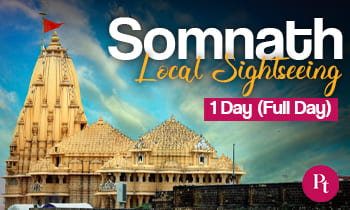

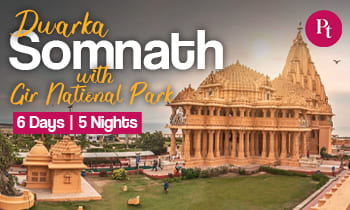
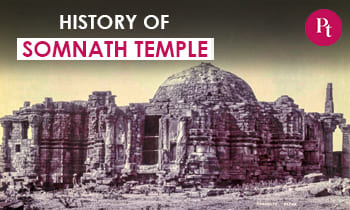


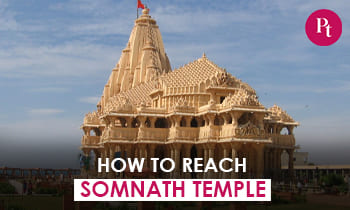
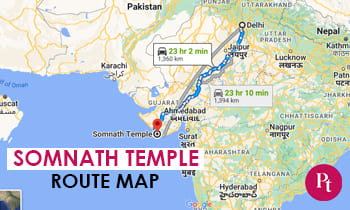
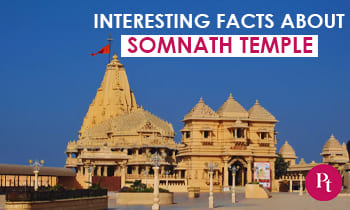
 Call
Call WhatsApp
WhatsApp Enquiry
Enquiry